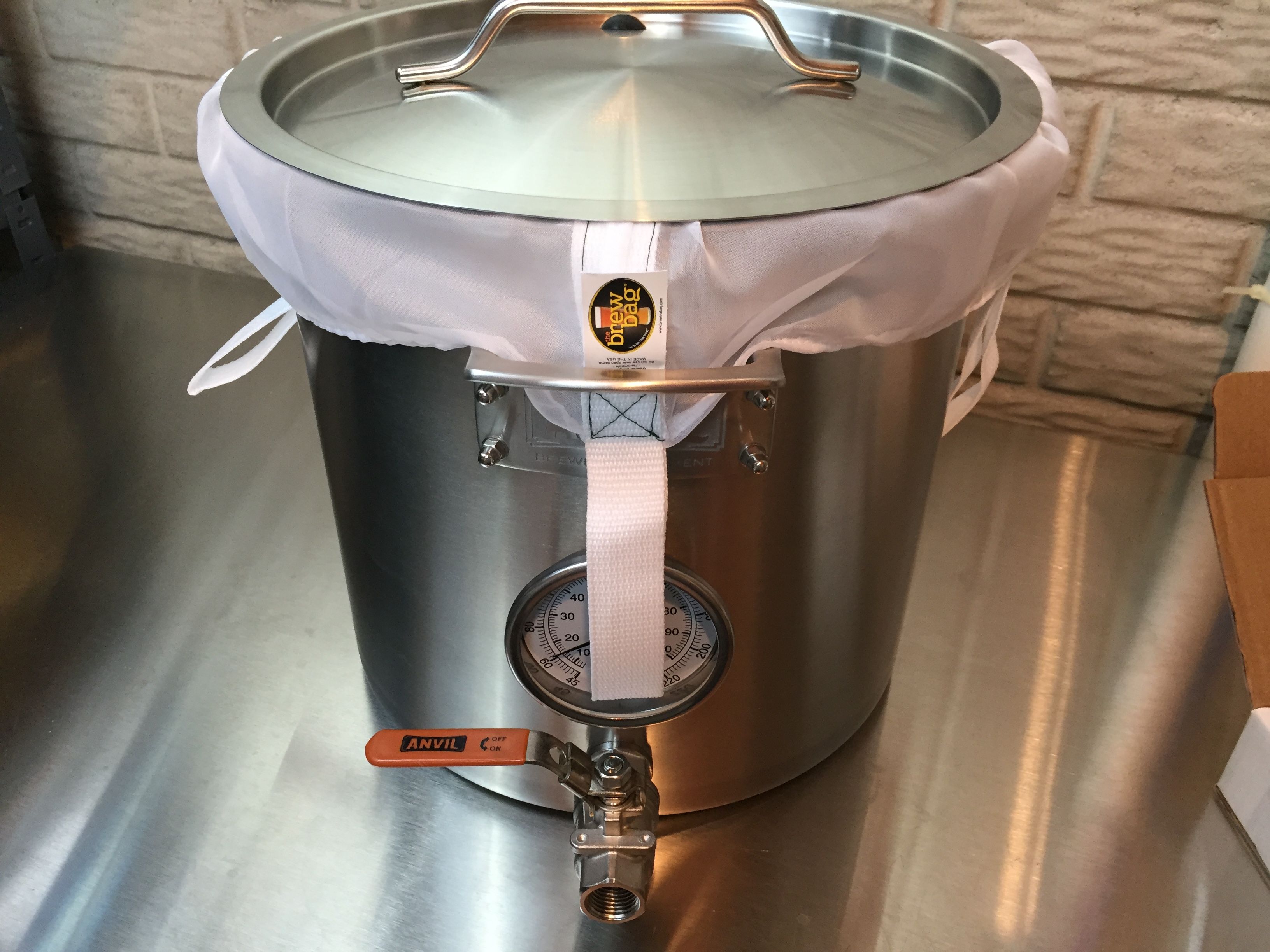
In step 8 we have the option to create a new backup of our database before upgrading. What’s important on this screen is the ‘Migrate’ column. This column will tell you whether or not the listener is going to be migrated. In the image below the 12c binaries are already installed and have a listener running from it. Step 7 gives us the option to migrate the listener for 11g over to 12c (if not already up). We can also configure if we want to use Oracle Managed Files (OMF) at this point. Step 6 allows us to specify where we want to move our data files and setup our Fast Recovery Area (FRA).

#Review of biab 2016 upgrade#
Note: If the OEM12c agents are already installed on the server where the upgrade is being done, the DBUA will pick up the need information automatically. Step 5 allows us to select how we want to manage our Oracle Database 12c environment. We can either select to use EM Express, the new web interface for Oracle Database 12c that replaces the database console in previous versions or we can register that database with Oracle Enterprise Manager 12c (OEM). The number of parallelism is calculated based on the number of CPUs in the server. Additionally, we can recompile object now in parallel and have DBUA perform the upgrade of time zones, gather statistics and make tablespaces read only during the upgrade. Oracle has made a fundamental change to how upgrades are handled. Upgrades can now be done in parallel! This is accomplished by using a new perl script,. Step 4 is one of the most interesting screens in the DBUA.

Make the selections you want and continue. Additionally, Oracle has made the DBUA more intelligent by allowing us to select whether we can fix, ignore or revalidate the issues found by the preupgrd.sql. In step 3 we see results that look similar to what we looked at in the preupgrade.log. As you can tell, the DBUA is actually running the same preupgrd.sql script and returning the results back to the GUI. Select the database to be upgraded, then click next. Since we started the DBUA with the Oracle home set to the 11g home, the DBUA will give us all databases associated with that Oracle home. Part of the upgrade process we need to identify which Oracle home we want to upgrade.

In my test environment, my Oracle Database 11g settings are: Once the binaries are in place, we need to setup our environment to connect to the database we want to upgrade.
#Review of biab 2016 install#
In order to run the preupgrd.sql file, we first need to install the new binaries into an Oracle home for 12c. From working with Oracle Database 12c through beta testing and now general release, it is a best practice to run the preupgrd.sql to see what we may need to fix before running DBUA. To use the DBUA we have to go to the Oracle Database 12c home and start it by running dbua. If errors arise we now have options to fix them directly from DBUA. Additionally, the DBUA makes monitoring the upgrade easier. Oracle has improved the DBUA to provide a seamless upgrade. The upgrade options that are supported with Oracle Database 12c are:įor the purpose of this article, let’s focus on using the Database Upgrade Assistant (DBUA). All the upgrade options have their own issues that may be ran into. There are three supported upgrade paths/tools. Oracle Database 11g (11.2.0.2 or later).The upgrade path for going to Oracle Database 12c (12.1.0.1) is pretty straightforward. If you are running an Oracle Database that is a supported direct path upgrade to Oracle Database 12c you will have no problems using any of the supported upgrade methods. If you are not on a version that supports direct path upgrade, you will need to upgrade to a supported version before upgrading to Oracle Database 12c. This can lead to disasters and potentially affect the business if not done successfully.
#Review of biab 2016 software#
With every release of the Oracle database there is always an upgrade path that should be followed. For many, they rush out and download the software and attempt an install/upgrade often before knowing what needs to be done. Upgrade to Oracle Database 12c – Single Instance - Simple Talk


 0 kommentar(er)
0 kommentar(er)
